Can e-challans fix Karachi’s traffic problem?
The introduction of the e-challan system in Karachi marks a major shift in how traffic laws are enforced in Pakistan’s largest city.
For years, Karachi’s traffic system has struggled with congestion, road violations, poor infrastructure, and limited enforcement capacity. The e-challan initiative, launched by the Karachi Traffic Police and the Sindh Police in partnership with the Excise and Taxation Department, aims to bring accountability, transparency, and efficiency to the way traffic laws are managed.
This digital system uses modern technology to identify and fine motorists who break traffic rules, replacing the traditional manual challan process that was often vulnerable to human error, corruption, and inefficiency.
Karachi, a city of over 20 million people, faces massive traffic pressure every day. Its roads are packed with cars, motorcycles, buses, rickshaws, and trucks, all competing for limited space.
Under the old manual challan system, a police officer would stop a vehicle and issue a paper ticket for any violation. This process was slow, inconsistent, and often led to disputes.
Many drivers could avoid fines by using personal influence or negotiating with officers on the spot. Others simply ignored their fines, as there was no centralised system to track outstanding challans. The e-challan system seeks to fix these deep-rooted issues by digitalising enforcement and making it data-driven and verifiable.
Under the e-challan system, traffic violations are detected through high-tech surveillance cameras installed at major roads and intersections across Karachi. When a driver commits an offence, such as over-speeding, running a red light, or driving the wrong way, the cameras automatically capture the vehicle’s registration number and send the footage to a central control room.
Since its launch, the e-challan system has also demonstrated impressive results in terms of enforcement and revenue recovery. Within just six hours of going live, the system issued over 2,600 challans, amounting to more than Rs12.5 million in fines.
According to official sources, a substantial portion of these fines has already been recovered through digital payment channels such as online banking, mobile wallets, and ATMs. The strong recovery rate in such a short period reflects the public’s willingness to comply with this new system and the convenience it offers for swift and transparent payment processing. This early success underscores the potential of Karachi’s e-challan initiative not only to improve traffic discipline but also to strengthen revenue collection and accountability in the city’s traffic management framework.
One of the biggest strengths of the e-challan system is that it minimises human contact, reducing opportunities for corruption. In the past, the manual process left room for misuse of authority and personal discretion. With e-challans, violations are automatically recorded, and the evidence is stored digitally.
After verification by authorities, an electronic challan is generated and sent to the registered vehicle owner. Each challan includes details such as the date, time, and location of the violation, along with photographic evidence and the fine amount. This process ensures trust, fairness and transparency, leaving little room for argument or manipulation.
The e-challan system has made life easier for motorists. Vehicle owners no longer need to visit traffic offices or police stations to check or pay fines. They can simply visit the official websites of the Sindh Police or Excise and Taxation Department, enter their vehicle’s registration number, and view any outstanding challans.
Payments can be made digitally through mobile banking apps, ATMs, or online payment platforms. This system saves time, eliminates unnecessary bureaucracy, and supports Pakistan’s broader goal of promoting e-governance and financial inclusion.
Another positive outcome of the e-challan system is the noticeable improvement in driver behaviour. Knowing that cameras are monitoring their actions around the clock, many drivers have become more careful. Red light jumping, speeding, and illegal turns, once common, are declining in areas covered by surveillance.
Roads such as Shahrah-e-Faisal, University Road, and Clifton, where cameras are active, have witnessed a significant improvement in traffic discipline. The presence of digital monitoring serves as a powerful deterrent, reminding motorists that reckless driving can lead to fines and potential legal consequences.
While the e-challan system is a major leap forward, it also draws attention to Karachi’s deteriorating road infrastructure. Many roads are in poor condition, with potholes, broken surfaces, missing lane markings, poor lighting, and open manholes. Drivers often have to swerve or slow down unexpectedly, leading to violations that are sometimes captured unfairly by cameras.
Inadequate signage, malfunctioning traffic lights, and confusing lane divisions make it difficult for even careful drivers to follow the rules. In such conditions, strict enforcement of e-challans can seem unjust to motorists struggling to navigate poorly maintained roads.
Moreover, the city’s infrastructure problems extend beyond the roads themselves. Karachi lacks pedestrian crossings, functional traffic signals, and proper drainage systems. During rainfall, many roads become flooded, forcing drivers to take alternate routes or drive on the wrong side, sometimes unintentionally committing violations.
For the e-challan system to be truly effective, it must be supported by parallel improvements in road conditions, planning, and maintenance.
One of the most promising aspects of the e-challan system is the valuable data it generates. By analysing where and when violations occur most frequently, city planners and law enforcement can identify problem areas.
For example, if data reveals a high number of red light violations at a certain intersection, it could suggest that the traffic signal is poorly timed or not visible. Similarly, if speeding is common along a particular stretch, it may indicate the need for better road design or speed bumps.
This data-driven approach allows for smarter infrastructure planning and targeted interventions, helping create safer and more efficient traffic systems in the long term.
Despite its benefits, not all citizens fully understand how the e-challan system works. Older drivers or those unfamiliar with digital tools often find it difficult to check or pay their fines online. To address this, the Karachi Traffic Police have launched awareness campaigns through print, electronic, and social media.
These efforts aim to educate the public on how to access challan information, make digital payments, and comply with traffic laws. However, more outreach is needed, particularly in low-income neighbourhoods and high-traffic areas, to ensure widespread understanding and participation.
Another issue that has surfaced is the use of vehicles registered under someone else’s name. In Karachi, it is common for people to drive vehicles belonging to relatives, employers, or even previous owners who never completed the ownership transfer process.
When such a vehicle commits a violation, the e-challan is automatically sent to the registered owner, regardless of who was driving. This has led to confusion and disputes, as many recipients claim they were not responsible for the offence.
To fix this, the Excise and Taxation Department needs to simplify and digitalise the vehicle transfer process, ensuring that ownership records remain up to date. Citizens must also take responsibility for promptly transferring ownership when selling or buying a vehicle.
Accurate registration data is crucial for the success of the e-challan system, ensuring that fines reach the correct person and accountability is fairly applied.
While the e-challan system is a significant technological improvement, it is not flawless. There have been occasional complaints about incorrect challans due to unclear footage or number plate recognition errors. Authorities are working to upgrade camera quality and improve system accuracy to prevent such mistakes.
Currently, the system’s coverage is limited to major roads and intersections. Expanding surveillance to include smaller streets and suburban areas will make enforcement more consistent and equitable across the city. However, this expansion requires significant investment, technical expertise, and regular maintenance, areas where Karachi’s administration has traditionally faced challenges.
To strengthen enforcement, the e-challan system should be linked with other government databases. For instance, vehicle registration renewals could be blocked until all fines are cleared, ensuring compliance. Similarly, linking the system with driving licence and insurance databases could help identify repeat offenders and impose stricter penalties.
Such integrations are already in place in several countries and have proven effective in improving traffic discipline and fine collection rates.
The e-challan initiative aligns with Pakistan’s broader digital transformation goals. The government has been promoting digitalisation across multiple sectors, including taxation, healthcare, and public services. The aim is to make governance more transparent, efficient, and citizen-friendly.
In this context, Karachi’s e-challan system serves as an example of how technology can address everyday urban challenges. It represents the city’s ambition to modernise its civic infrastructure and promote law-abiding behaviour among its residents.
However, technology alone cannot solve all systemic problems. Without parallel progress in infrastructure, urban planning, and public transport, the e-challan system’s impact will remain limited.
Authorities must invest in repairing roads, synchronising traffic signals, improving signage, and ensuring proper drainage. At the same time, citizens must be encouraged to adopt safer driving habits through continuous education and awareness campaigns.
Only through a holistic approach, combining technology, infrastructure, and civic responsibility, can Karachi achieve sustainable improvement in traffic management.
The e-challan system in Karachi marks a historic step towards modern, transparent, and technology-driven traffic enforcement. It has introduced accountability, reduced corruption, and encouraged digital payments, all signs of progress towards smarter governance.
Yet, to make this system sustainable and fair, authorities must address Karachi’s deep-rooted infrastructure problems and improve road conditions, signage, and traffic management. The e-challan initiative should not only serve as a tool for punishment but also as a catalyst for reform and better urban planning.
If supported by better infrastructure, stronger awareness campaigns, and consistent policy enforcement, the e-challan system has the potential to reshape Karachi’s traffic culture, making the city’s roads safer, smoother, and more disciplined for everyone.
The writer is a seasoned journalist and a communications professional. He can be reached at [email protected]
For the latest news, follow us on Twitter @Aaj_Urdu. We are also on Facebook, Instagram and YouTube.

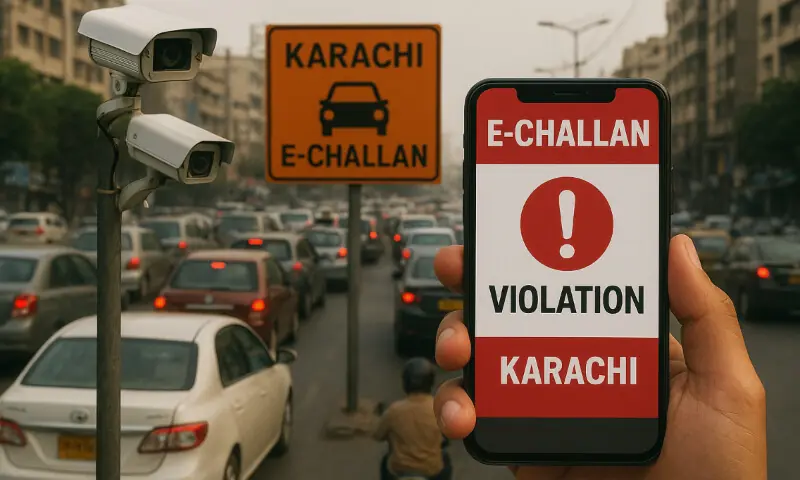



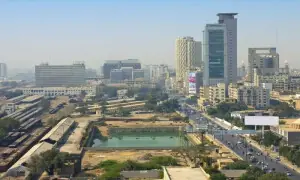
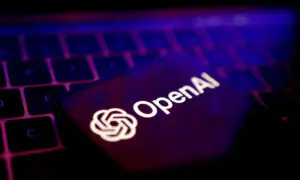

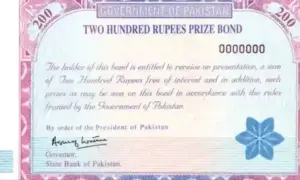






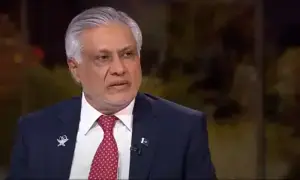




Comments are closed on this story.